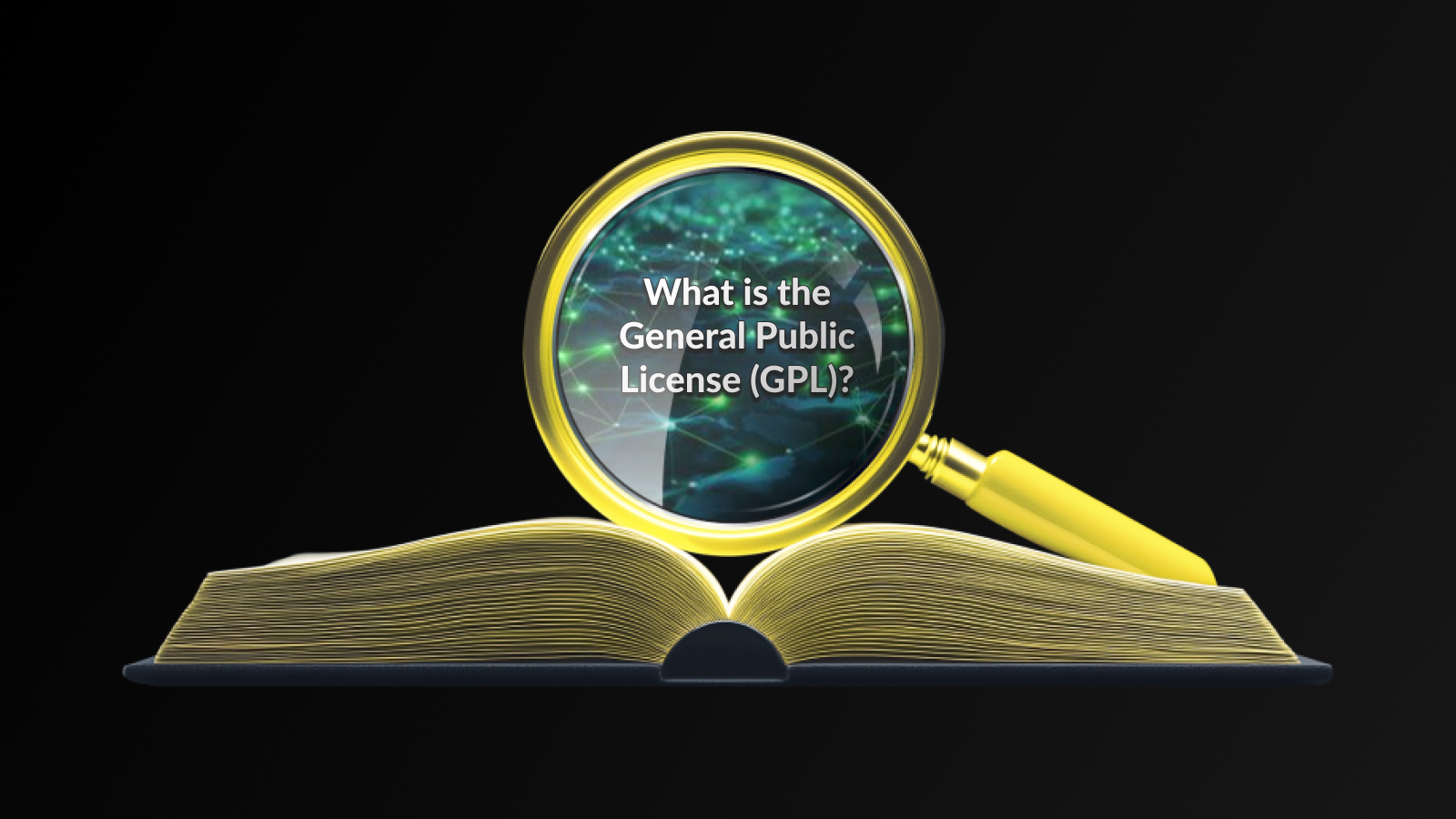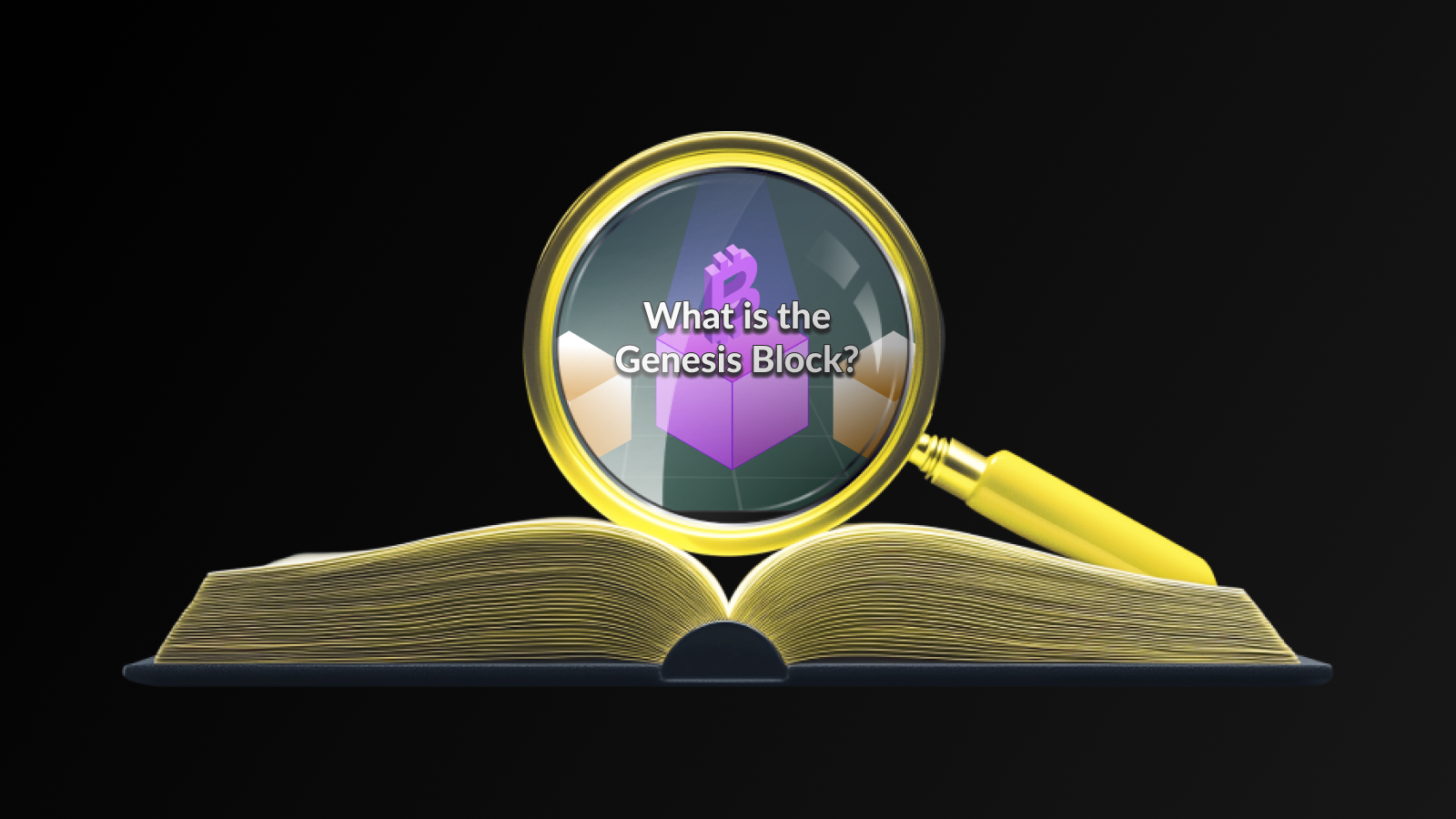Introduction
The General Public License (GPL) plays a crucial role in the world of open-source software, and its importance extends to the vibrant landscape of blockchain technology and cryptocurrency. By allowing developers to freely use, modify, and share their code, the GPL promotes innovation and collaboration within the ecosystem of open-source cryptocurrency projects. An understanding of the General Public License in blockchain is essential for both developers and users alike, as it influences how projects evolve and contribute to the decentralization ethos central to the industry.
In the realm of blockchain, the GPL facilitates a foundation for making software accessible to everyone. This is particularly significant in the cryptocurrency space, where transparency and trust are paramount. By licensing their projects under the GPL, developers ensure that users are empowered to review the code, contribute improvements, and create derivative works. This collaborative environment fosters a sense of community and shared responsibility among developers and users of these projects.
Key Concepts Surrounding the General Public License
- Freedom to Use: Users can utilize the software for any purpose.
- Access to Source Code: The software’s source code is openly available.
- Modification Rights: Users can modify the code to tailor it to their needs.
- Distribution of Copies: Users can distribute original or modified software freely.
- Copyleft Provision: Derivative works must also be licensed under the GPL.
- Community Collaboration: Promotes contributions to enhance projects collectively.
- Transparency and Trust: Encourages a trustworthy environment for users and developers.
Utilizing the General Public License in blockchain projects not only helps maintain a level playing field but also attracts a diverse community of developers and users who share a commitment to open-source principles. Furthermore, this license ensures that innovations developed under its umbrella can continue to thrive without the restrictions often imposed by proprietary software models. By embracing the GPL, cryptocurrency projects signal their dedication to fostering a democratized software landscape where everyone has the opportunity to benefit from collaborative efforts.
How Does the GPL Impact Cryptocurrency Development?
The General Public License (GPL) serves as a crucial framework for open-source cryptocurrency projects, allowing developers to modify and distribute their software while ensuring that the same freedoms extend to future users. This license creates an ecosystem where innovation can flourish without the constraints of proprietary software limitations. By utilizing the GPL, developers can create a community-driven approach to software that encourages collaboration and enhances the overall quality of blockchain applications.
| Aspect | GPL Influence | Impact on Projects |
|---|---|---|
| Code Freedom | Permits modification and redistribution | Increases innovation |
| Community Collaboration | Encourages collective input | Enhances software quality |
| Commercial Use | Allows commercialization of GPL projects | Incentivizes developers |
Understanding how the General Public License in blockchain affects the development of new cryptocurrencies is essential. Projects that embrace the GPL foster an environment where new ideas can emerge, and existing technologies can be improved upon. This spirit of collaboration contributes significantly towards the robustness and security of cryptocurrency systems, as developers are able to inspect, modify, and contribute to the code collectively, resulting in better transparency and fewer vulnerabilities.
Understanding GPL’s Role
The role of the GPL in the cryptocurrency landscape is profound as it aligns with the foundational principles of decentralization and open access. This license not only protects developers’ rights but also solidifies user rights by ensuring that software remains accessible to anyone interested in utilizing or improving it. By enforcing the necessity of distributing derivative works under the same license, the GPL helps to maintain a substantial pool of open-source cryptocurrency projects that others can build upon without restrictions.
Benefits of GPL in Development
Utilizing the General Public License in blockchain projects provides numerous benefits that contribute to the sustainability and growth of the cryptocurrency ecosystem. The most notable advantages include:
- Transparency: The open nature of GPL ensures that code is available for public scrutiny.
- Collaboration: Developers from various backgrounds can come together to improve the software.
- Adaptability: The ability to modify existing code allows for rapid evolution and responsiveness to community needs.
- Innovation: Encourages creative solutions and new features by tapping into a diverse array of ideas and perspectives.
- Security: Open-source projects can benefit from many eyes reviewing and testing to identify vulnerabilities.
In conclusion, the General Public License in blockchain not only empowers developers but also enriches the entire ecosystem of open-source cryptocurrency projects. By establishing a legal framework that protects the rights of users and developers alike, the GPL fosters an environment conducive to growth, security, and innovation in the rapidly evolving space of cryptocurrencies.
GPL and Decentralization in Blockchain
The General Public License (GPL) plays a significant role in fostering a decentralized environment within blockchain technology. By licensing software under the GPL, developers grant users the freedom to run, study, share, and modify the code. This principle is foundational for promoting transparency and collaboration among open-source cryptocurrency projects. As blockchain continues to evolve, understanding the implications of the GPL becomes essential for developers and users alike.
One of the most notable aspects of the GPL is its ability to encourage decentralized development. This licensing model creates an ecosystem where innovation flourishes, allowing developers to build upon existing technologies without reinventing the wheel. The GPL not only protects the rights of creators but also ensures that contributions remain accessible to everyone. Consequently, open-source cryptocurrency projects that adopt this license can enjoy enhanced support from community members who collaborate to improve functionality and security.
Overview of GPL Advantages in Blockchain
| Advantages | Description | Impact on Development |
|---|---|---|
| Transparency | Fully accessible code for public scrutiny | Improved trust among users |
| Collaboration | Encourages contributions from a diverse developer base | Faster innovation cycles |
| Protection | Ensures that derivative works remain open-source | Strengthened community ownership |
| Adaptability | Flexible license for new applications | Encourages a wide range of use cases |
As we explore the intersection of the General Public License and blockchain, it is helpful to examine both the advantages and challenges associated with its application. The GPL can stimulate an innovative ecosystem, but it’s crucial to consider its effects on the competitive landscape of decentralized systems. To that end, we can evaluate the pros and cons that come with the adoption of the GPL in decentralized networks.
Pros and Cons of GPL in Decentralized Systems
- Pros: Promotes user freedom and accessibility.
- Pros: Encourages community collaboration and innovation.
- Cons: Can limit proprietary development opportunities.
- Cons: Enforcement of licensing terms can be challenging.
- Pros: Ensures software remains open-source for future generations.
- Cons: May result in fragmentation of code bases.
Case Studies of GPL in Action
Several notable projects have successfully integrated the General Public License in a decentralized manner, demonstrating its effectiveness. These case studies provide valuable insights into how adherence to open-source principles can drive success and innovation within the blockchain domain. By examining real-world applications, we can better understand the strengths and weaknesses of GPL in promoting decentralized development.
Challenges and Future Prospects of GPL in Cryptocurrency
The adoption of the General Public License in blockchain projects poses several challenges that could affect the growth of open-source cryptocurrency projects. One major obstacle is the perception that GPL licensing might deter potential investors or developers who are hesitant to fully embrace projects with stringent sharing requirements. This is particularly significant in the fast-paced cryptocurrency landscape, where proprietary software solutions often dominate due to their perceived security and commercial viability. Furthermore, the diverse interpretations of GPL terms can lead to uncertainty, causing developers to shy away from adopting this model for fear of legal complications or license violations.
Key Challenges Facing GPL Adoption
- Concerns over legal implications and license violations.
- Investor apprehension regarding strict sharing requirements.
- Competitive disadvantages compared to proprietary software.
- Varied interpretations of GPL terms among developers.
- Lack of awareness about the benefits of open-source contributions.
- Difficulty in maintaining compliance as projects grow.
- Potential fragmentation of the codebase due to multiple forks.
Despite these challenges, the future prospects of GPL in cryptocurrency can be shaped positively through education and community engagement. By effectively communicating the advantages of adopting the General Public License in blockchain, developers can foster a more collaborative environment that encourages knowledge sharing and joint innovation. This not only enhances the overall security and reliability of open-source cryptocurrency projects but also builds trust within the community. Ultimately, the successful integration of GPL may depend on the willingness of developers to embrace a culture of openness and transparency.
Future Directions for GPL in Cryptocurrency
The future of the General Public License in blockchain initiatives hinges on the evolving regulatory landscape and the increasing demand for transparency in technology. As more users seek to understand the inner workings of their chosen blockchain solutions, projects that utilize GPL may gain favor for their commitment to openness and user empowerment. In this context, the role of the GPL could transition from merely a licensing tool to a badge of honor that signifies a project’s dedication to the principles of decentralization and community involvement, paving the way for more robust and innovative cryptocurrency solutions.
Disclaimer
This article is for educational purposes only and does not constitute legal, financial, or professional advice. Always consult with relevant experts before making any legal or investment decisions.
Click for more Darkex education articles.





